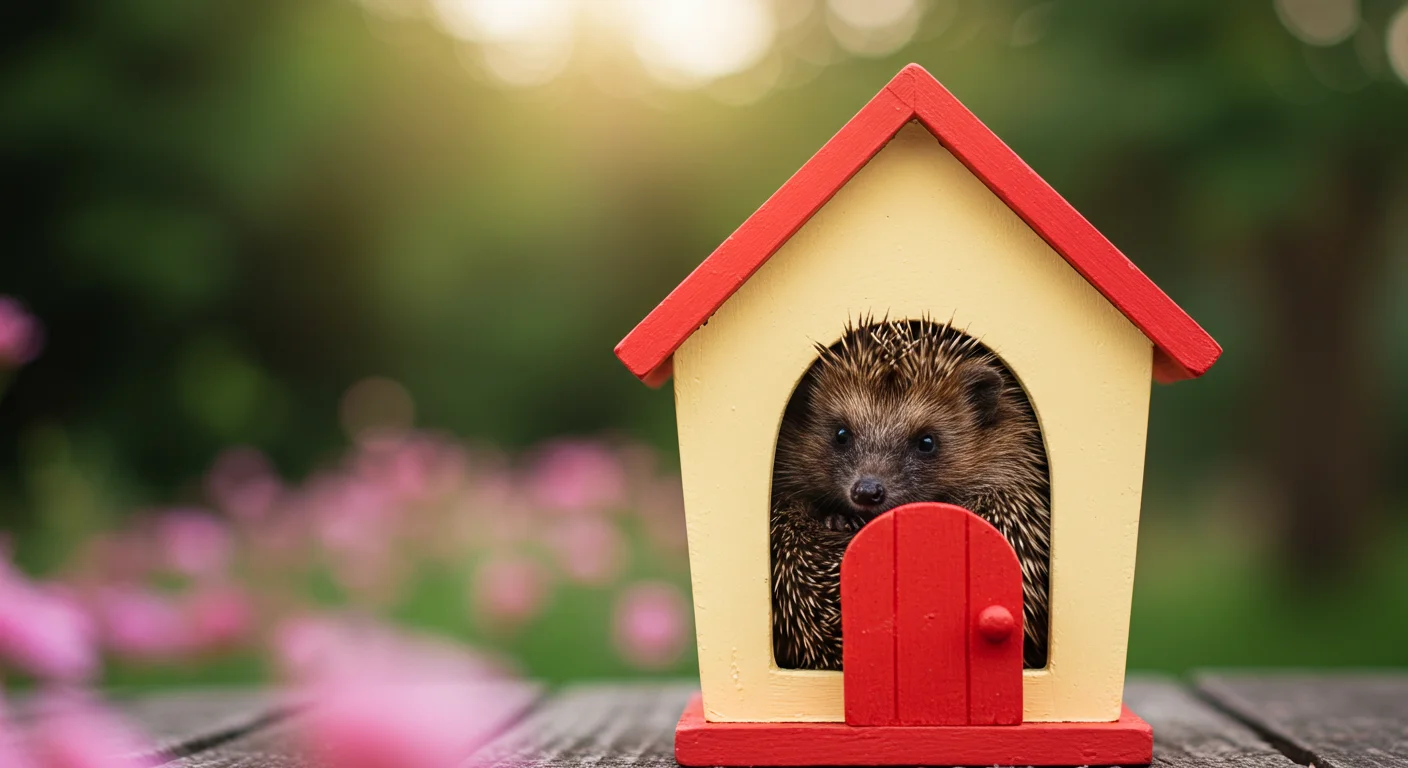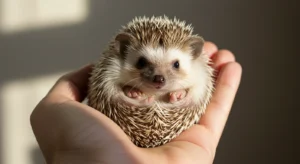DIY Hedgehog Hideouts: Budget-Friendly Enrichment Ideas
Hedgehogs are naturally shy, nocturnal creatures that feel secure when they have safe places to hide and sleep during the day. Providing adequate hideouts is crucial for their well-being and enrichment. While commercial options exist, creating DIY hideouts is a fun, rewarding, and budget-friendly way to enhance your hedgehog’s environment.
Why Hideouts Matter
In the wild, hedgehogs seek shelter under logs, in burrows, or dense vegetation. Pet hedgehogs retain this instinct. Hideouts provide:
- Security: A safe space to retreat from perceived threats or bright lights.
- Comfort: A dark, cozy place to sleep undisturbed during the day.
- Enrichment: Different textures and spaces stimulate natural behaviors like burrowing and exploring.
- Stress Reduction: Lack of hiding spots can lead to chronic stress, affecting health and temperament.
Choosing Safe Materials
Safety is paramount when crafting DIY items for your pet. Always choose non-toxic, sturdy materials that won’t easily splinter or pose a choking hazard. Good options include:
- Cardboard: Untreated cardboard boxes, tubes (ensure large enough diameter).
- PVC Pipes: Large diameter, clean PVC pipes or connectors (ensure smooth edges).
- Fabric: Fleece is excellent as it doesn’t fray easily. Avoid fabrics with loose threads or loops that could snag toenails.
- Wood: Untreated, safe woods like kiln-dried pine (avoid cedar and treated woods). Sand edges smooth.
- Plastic Containers: Food-safe plastic tubs or storage bins with holes cut for entry/ventilation (smooth edges!).
When considering safe materials for hedgehog toys and hideouts, always supervise your pet initially to ensure they interact safely with the new item.
Avoid: Materials treated with chemicals, woods with strong aromatic oils (like cedar), items with small parts that can be chewed off, fabrics with loose threads, and anything with sharp edges.
DIY Hideout Ideas
Here are some simple, budget-friendly hideout ideas:
- Cardboard Box Castle: Use small cardboard boxes (tissue boxes, shoe boxes – remove plastic) connected with toilet paper tubes or cut doorways. Stack them or arrange them side-by-side. Replace when soiled or chewed.
- PVC Pipe Tunnel: A large diameter (4 inches or more) PVC pipe section or “T” connector makes an excellent, easy-to-clean tunnel hideout. Ensure edges are filed smooth.
- Fleece Forest/Strips: Cut strips of fleece and hang them from the top of the cage (ensure secure attachment). Hedgehogs love burrowing through these. Alternatively, make a simple fleece pouch or sleeping bag (ensure seams are tight and no loose threads).
- Plastic Tub Igloo: Cut an entrance hole (smooth the edges!) into an opaque plastic food container or small storage bin. Ensure ventilation holes are also present if the lid is used.
- Flower Pot Hideaway: A clean, appropriately sized terracotta or plastic flower pot laid on its side makes a simple, cool hideout. Check for sharp edges.

These simple items provide excellent enrichment activities for hedgehogs without breaking the bank.
Placement and Variety
Offer at least two hideouts in different areas of the cage – perhaps one in a warmer spot and one in a cooler spot. Rotate different types of DIY hideouts occasionally to keep things interesting for your hedgehog. Placing some bedding material like fleece strips inside can make them even cozier.

Safety Checks
Regularly inspect DIY hideouts for:
- Sharp edges or points from chewing.
- Loose threads or strings (especially with fabric hides).
- Excessive dirtiness (clean or replace as needed).
- Signs of instability or collapse.
Creating safe, stimulating hideouts is an essential part of providing excellent care and enrichment for your pet hedgehog, contributing significantly to their overall happiness and health.


